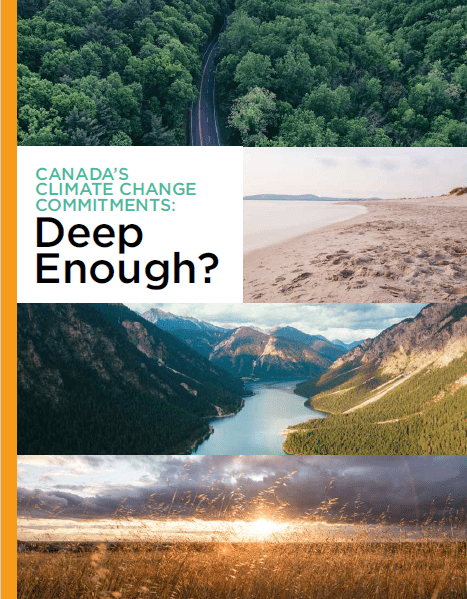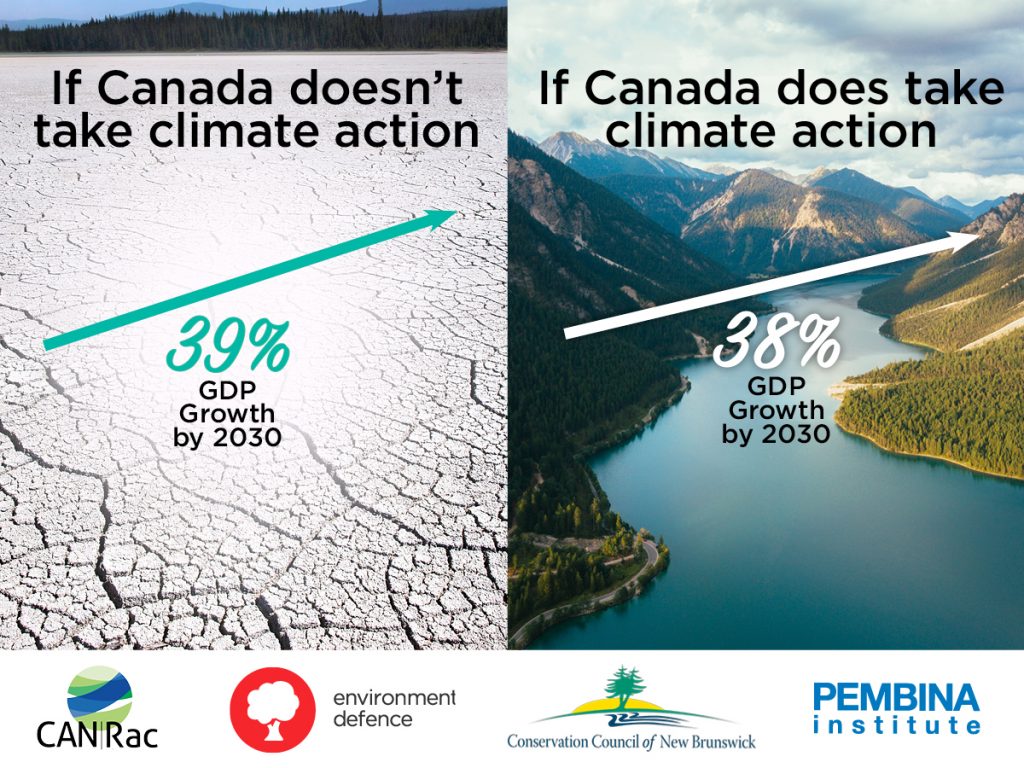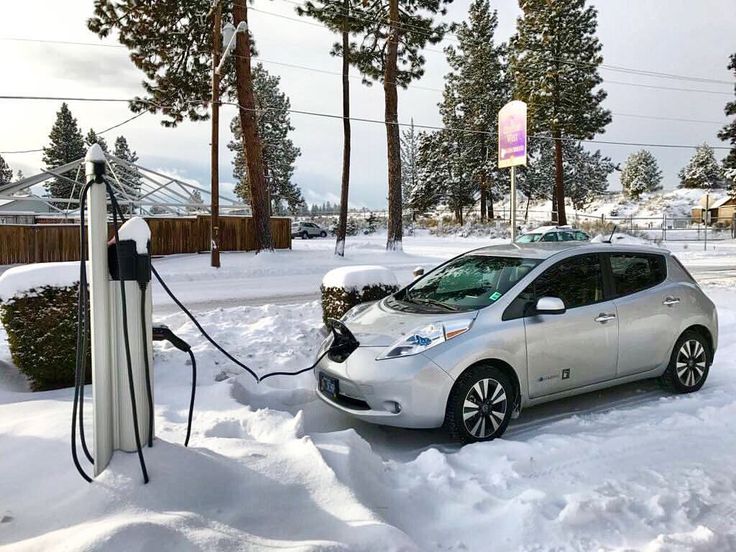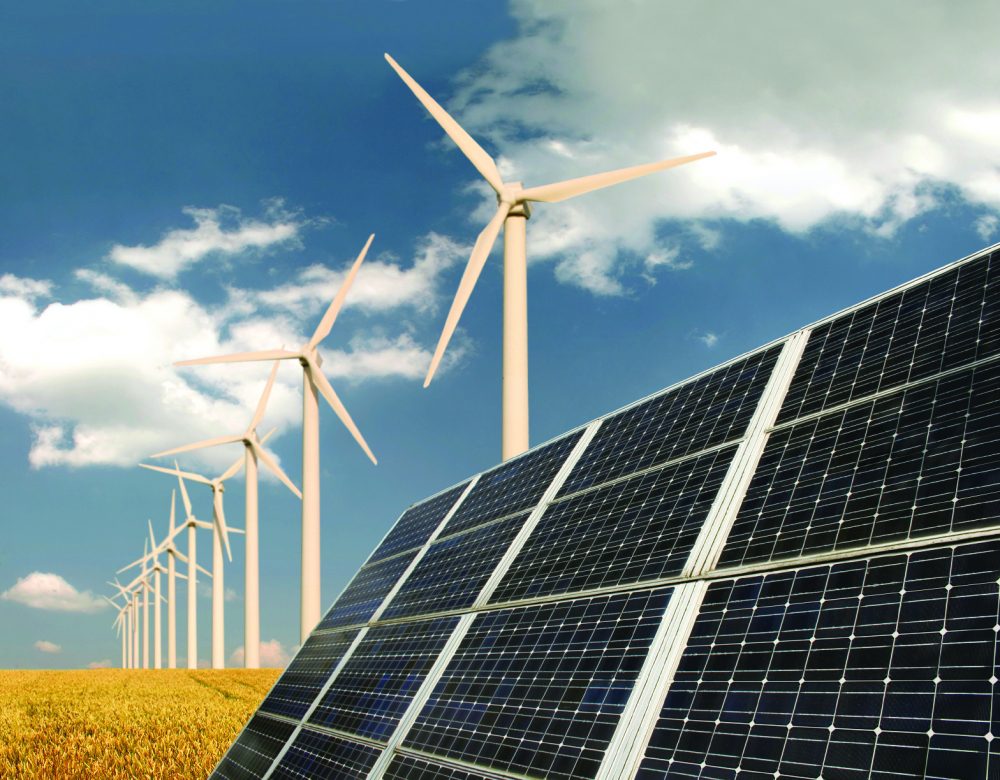Last week we published a report laying out important research from two leading economists showing that Canada can meet or exceed our commitments under the Paris Agreement on climate change and still have robust economic growth. So the Prime Minister and many federal ministers are right: the two can go hand in hand.

But the way to go about it is not to build more high-carbon infrastructure such as tar sands projects and pipelines. It’s to continue the clean energy transition and invest in the technologies of today and tomorrow.
The analysis from Dave Sawyer and Chris Bataille shows there is virtually no difference in economic growth whether Canada takes strong action on climate change, or whether we do nothing. Between now and 2030 the national economy will grow by at least 38 per cent if Canada acts, and by 39 per cent if it implements no climate policies.

That’s right – Canada can contribute to climate chaos or climate action…and the economic difference over 12 years is negligible. We also avoid many of the costs of fossil fuel production: boom and bust economic cycles, air pollution, and the worst impacts of climate change, such as massive forest fires, more frequent hurricanes and tornadoes, and intense flooding.
But the other main finding is just as important: federal and provincial governments will have to do more to reach or exceed 2030 Paris commitments. No, not increase carbon emissions by investing public money in pipelines. But rather, pass stronger climate policies. Official government documents from last December show that the gap between Canadian action and the Paris target is growing, not shrinking, and so a more robust approach to our carbon emissions is needed.
The Pan Canadian Framework (PCF) on climate change is a historic climate strategy. Most of the policies we need are already found in the PCF, such as designing buildings so they produce as much energy as they use, and the continued greening of Canada’s fuels used in transportation, buildings, and industry.

However, so far climate policies have been slow to be implemented, and are often weaker than originally proposed. The gap to Canada’s Paris target is growing in part because climate policies are not being enacted with sufficient urgency or stringency.
Some policies will also need to be strengthened. The Canadian car fleet will need to be largely electrified by 2030, a faster pace than is currently envisioned by the federal government. Freight vehicles will have an additional decade, until 2040, to reach zero emissions. Methane emissions from the oil and gas sector will need to be reduced beyond the 2025 target of 45 percent reductions; that makes sense, since reducing methane emissions represents some of the lowest cost climate solutions for Canada. And the pan-Canadian price on carbon will need to continue increasing beyond $50 per tonne of CO2 in 2022.

Overall, this research is good news. Canada has tremendous opportunities to grow the economy and green it at the same time. Additional steps necessary to reach our international targets are completely achievable. Clean, renewable energy, electric vehicles, greener fuels, and homes that are net energy producers—these all have huge growth potential.
All it takes is the political will to invest in climate solutions that will make us all better off, rather than thinking that doubling down on oil and gas production and higher carbon emissions is somehow in the national interest.









